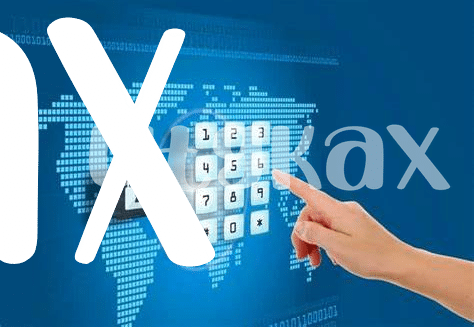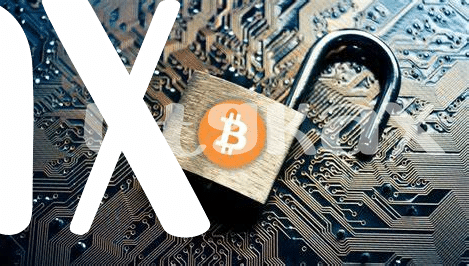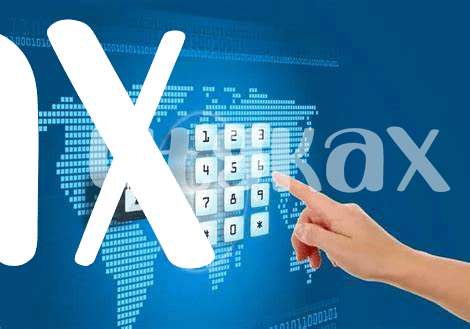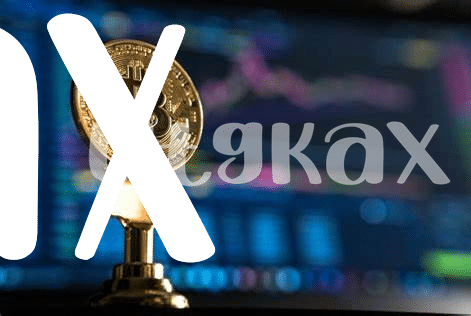🗝 What Is Digital Identity in the Bitcoin World?

Imagine walking into a room where everyone wears a mask, and the only way to tell each other apart is through a unique code pinned to their chests. In the Bitcoin world, your digital identity works much like that code. It’s a special set of numbers and letters, known as a public address, allowing you to receive, send, or hold Bitcoin securely. This address is your mask and badge in the vast digital gathering that is Bitcoin, ensuring your transactions are yours alone, without revealing your real-world identity.
Ensuring the safety of this digital ID is crucial, akin to keeping your house keys safe. Yet, unlike a physical key, if someone else gets hold of your digital “keys,” they won’t need to break in; they’d walk right through the front door of your Bitcoin wallet. Here’s a look at what your digital identity comprises:
| Component | Description |
|---|---|
| Public Address | Your unique identifier in the Bitcoin network, used to receive Bitcoin. |
| Private Key | A secret number that allows Bitcoins to be spent, akin to your digital signature. |
| Seed Phrase | A recovery phrase that gives you (and only you) access to your Bitcoins if you lose your private key. |
Understanding and safeguarding these elements of your digital identity is the first step in navigating the Bitcoin universe safely.
🔒 Top Security Threats to Your Bitcoin Identity
In the digital gold rush that is Bitcoin, your virtual wallet is your treasure chest, but lurking in the shadows are cyber pirates eager to snatch your digital gold. The rogues’ gallery includes hackers, keen on breaking into your wallet through security holes, and phishing experts who craft clever tricks to make you hand over access keys. Another unseen enemy is the malware that silently slithers into your system, waiting to pounce on your wallet’s credentials. It’s a digital Wild West out there, and your Bitcoin identity is the prized stallion everyone wants to rope in. Awareness and vigilance are your best allies in this landscape dominated by unseen threats. To explore more about the dark corners of Bitcoin and stay a step ahead of the digital desperadoes, a deep dive into https://wikicrypto.news/the-future-of-secure-bitcoin-remittances-trends-and-predictions will arm you with the knowledge to protect your virtual bounty.
🛡 How to Protect Your Bitcoin Wallet Effectively

Keeping your Bitcoin safe is like protecting a treasure chest in the digital world. You wouldn’t leave a chest of gold unlocked, and the same goes for your Bitcoin wallet. A smart move is to think of your wallet as a digital bank account that needs top-notch security. Imagine having a super-strong, unique password that only you know. This is your first line of defense and a crucial step in keeping your digital coins away from prying eyes. 🗝
But that’s just the start. Just like you wouldn’t keep all your money in one place at home, dividing your Bitcoin across different wallets can be a wise strategy. This way, if a sneaky hacker manages to get into one wallet, they won’t get their hands on all your digital gold. Another pro tip is to go old school with a hardware wallet. These physical devices store your Bitcoin safely offline, away from the reach of online thieves. Combining these methods gives your digital treasure the armored protection it deserves, keeping your Bitcoin secure in a world full of digital pirates. 🔒🛡
🕵️♂️ Recognizing Phishing and Scams in Bitcoin Transactions

Imagine you’re walking down a bustling street filled with market stalls, each selling shiny, attractive items. In the digital world of Bitcoin, this is akin to navigating through various offers and deals that pop up on your screen. However, not all that glitters is gold. Some of these stalls might be traps set by tricksters aiming to snatch your digital wallet right from your pocket. Recognizing these tricks – phishing and scams – is crucial. Phishing is like someone disguising themselves as an authority figure to deceive you into handing over your wallet, while scams can be likened to convincing sales pitches for non-existent treasures.
To stay one step ahead, you need to arm yourself with knowledge and vigilance. Always double-check the URLs of websites you visit and be wary of emails or messages that ask for your personal information or press you to make quick transactions. A helpful resource to learn more about safeguarding your digital assets is available at bitcoin privacy concerns security concerns. This site sheds light on how tricksters operate and how you can secure your Bitcoin wallet against these threats. Remember, in the bustling marketplace of Bitcoin transactions, being alert and informed is your best defense.
🚀 Using Multi-factor Authentication for Extra Security
Imagine you have a treasure chest full of gold (your Bitcoin) hidden in a digital world. To keep it safe, you don’t just use one key but opt for a bunch of keys, making it almost impossible for pirates (hackers) to hijack your treasure. This is where adding an extra layer of security, similar to using several locks, comes into play, ensuring only you can access your digital bounty. Think of it as the special ingredient in your security recipe, combining something you know (like a password), something you have (like your phone), and something you are (like your fingerprint). This trio forms a robust barrier against unwanted guests. Here’s a quick peek at how users are incorporating this security measure:
| Security Layer | Description | Example |
|---|---|---|
| Password/PIN | Something you know | Your unique Bitcoin wallet password |
| Authentication App/Security Token | Something you have | A code from an app like Google Authenticator |
| Biometric Verification | Something you are | Fingerprint or facial recognition |
By embracing this method, you’re not just doubling down on your fort’s defenses but elevating the security to a whole new level, leaving hackers with a nearly impenetrable challenge. So, always remember, in the vast sea of digital coins, safeguarding your treasure with multiple keys is not just wise—it’s essential.
🧑💻 Keeping Your Software Updated: a Must-do Task

Imagine your digital wallet as a high-tech fortress that protects your Bitcoin. Within this fortress, there are constant updates required, much like a castle needing reinforcements to keep up with newer siege tactics. It’s crucial to keep the software of your Bitcoin wallet and related applications up-to-date. Why? Because each update not only introduces new features but more importantly, it patches up security loopholes that could be exploited by cyber-thieves. Think of it as adding stronger locks on your doors or better surveillance around your fortress. This task might seem mundane or easily overlooked, akin to forgetting to lock your door at night, but in the digital world, it’s your first line of defense against intruders. Regular updates ensure that your digital fortress remains impervious to attacks, guarding your valuable Bitcoin against would-be digital marauders. For anyone keen on keeping their investments safe, it’s wise to delve deeper into how these security measures play out, especially in the realm of Bitcoin and remittances. To get a comprehensive understanding of this, you might want to explore further into bitcoin investment risks security concerns, where the complexities of digital currency security are unpacked, offering valuable insights and strategies to protect your digital identity and assets effectively. By staying vigilant and keeping your software updated, you not only safeguard your digital treasure but also fortify your peace of mind in the ever-evolving landscape of Bitcoin.
